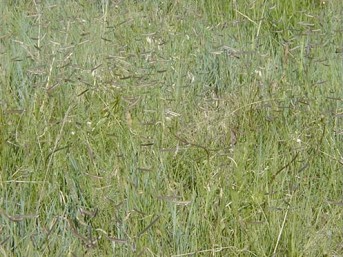For more details about an impact, contact information for NMSU ACES faculty and staff is available at the online directory.
For general questions regarding impacts in this database, please contact Claire Montoya at ccortner@nmsu.edu.

Influence of Stocking Density on Blue Grama Pasture Mass and Animal Performance
The demand for beef is increasing due to an increasing population and forage-based beef production is one of the most productive agricultural enterprises in the US, including the Southern High Plains of the USA (SHP), where standing forage is the main diet of beef cattle. Rangelands, including native warm-season perennial grasses, such as blue grama, are important forage resources globally because they support economically viable animal production during their period of active growth, but climate change and overgrazing has led to the degradation of native grasslands, including those typical of the SHP. New Mexico State University’s Rex E. Kirksey Agricultural Science Center at Tucumcari, NM USA, evaluated the effects of current and previous year’s light, medium, or heavy stocking densities (0.53, 0.89, and 1.24 AU/ha, respectively) at the same stocking rate at the same stocking rate (35 AUD/ha/yr) on beef yearling animal gains and predominately blue grama pasture mass.